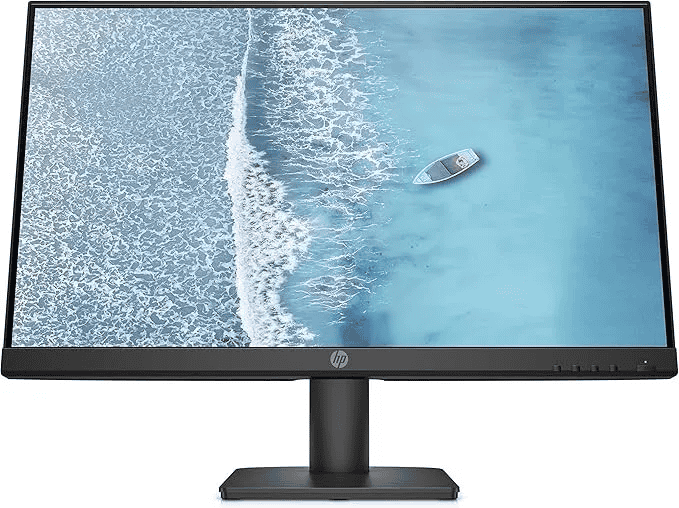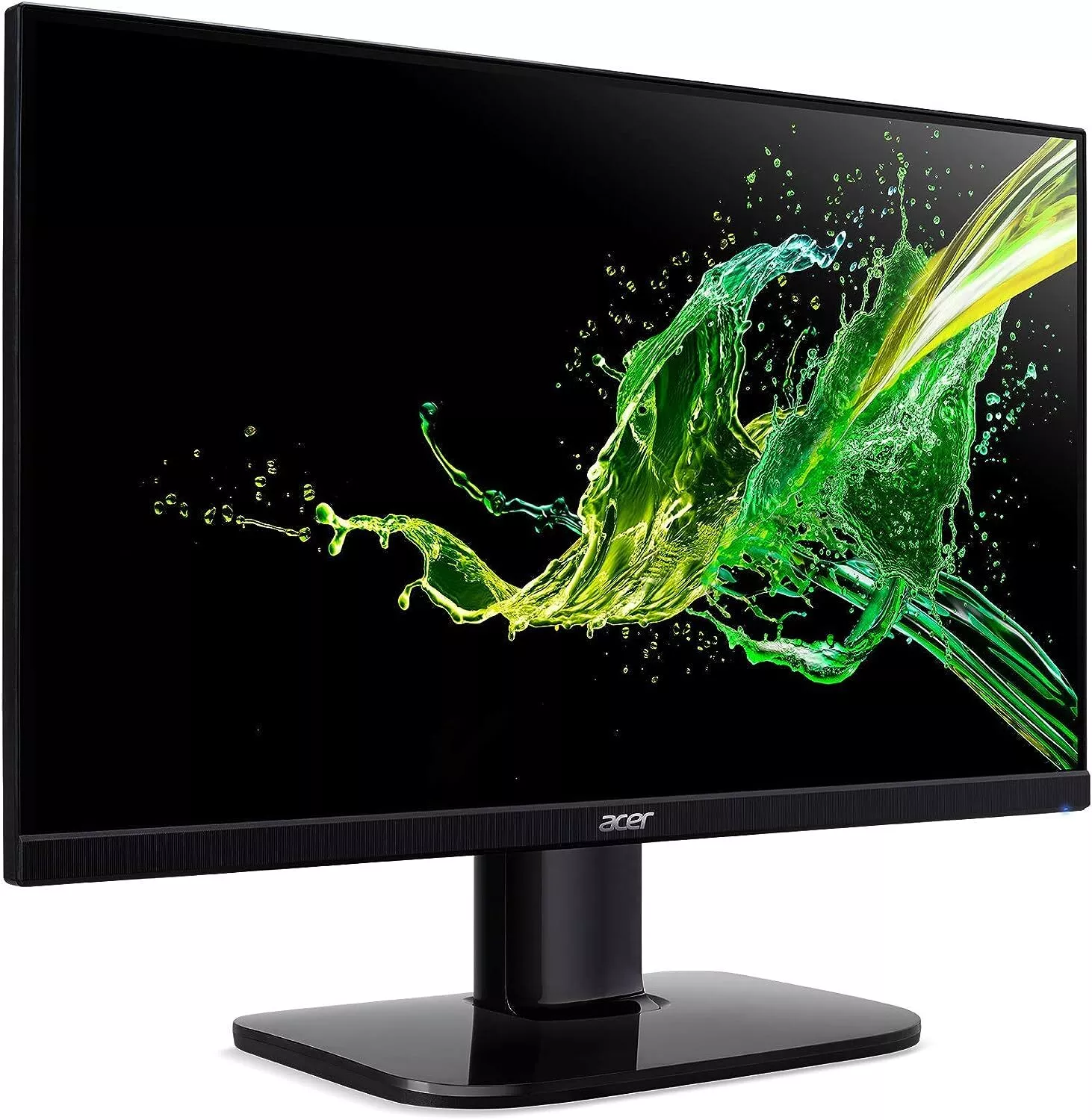1080p resolution is a popular choice for gaming because it offers a good balance of visual quality and performance. Many gamers prefer 1080p monitors for their smooth gameplay and lower hardware needs. While higher resolutions like 4K are becoming more popular, 1080p remains a strong option for those who want high frame rates, affordability, and smooth gameplay. This article looks at the benefits of 1080p gaming, including its advantages for competitive gaming, accessibility, and visual clarity. It also provides tips for choosing the right monitor for the best 1080p gaming experience.
Whether you’re on a budget or a competitive esports player, 1080p resolution continues to provide a great mix of performance and visual quality. 1080p displays are easy to find and budget-friendly. They work well with various gaming setups, from low-cost to mid-range systems. This resolution helps players keep high frame rates, which is important for fast-paced games and competition. For console gaming, 1080p monitors are a great choice. They give clear visuals on smaller screens and work with most gaming systems. Players can enjoy responsive gameplay without needing expensive 4K hardware.

1080p Resolution: Still a Great Choice for Gaming
While 4K gaming is gaining popularity, 1080p resolution remains a strong contender for many gamers. It offers a compelling combination of visual fidelity, performance, and affordability. Let’s explore the advantages of 1080p gaming.
1. High Frame Rates
1080p resolution demands less processing power than higher resolutions like 1440p or 4K. This allows your graphics card to push higher frame rates, resulting in smoother and more responsive gameplay. High frame rates are crucial for fast-paced games, providing a competitive edge.
2. Accessibility
1080p monitors are widely available and generally more affordable than higher-resolution displays. This makes 1080p gaming accessible to a broader audience, including those with budget constraints.
3. Lower Hardware Requirements
Gaming at 1080p puts less strain on your hardware. You can achieve excellent performance with a mid-range graphics card, making it a cost-effective option for gamers who don’t want to invest in top-of-the-line components.
4. Sharp Visuals

On appropriately sized monitors (generally 24-27 inches), 1080p resolution delivers sharp and detailed visuals. The pixel density is high enough to provide a clear and immersive gaming experience without the need for excessive scaling.
5. Excellent for Competitive Gaming
Many competitive gamers prefer 1080p due to the higher frame rates it enables. The smoother motion and reduced input lag can provide a competitive advantage in fast-paced esports titles.
6. Wide Game Support
1080p resolution is supported by virtually all games, ensuring compatibility and a wide selection of titles to choose from.
7. Reduced Motion Blur
The combination of high frame rates and lower resolution at 1080p can significantly reduce motion blur, making fast-moving objects appear clearer and sharper.
8. Less Demanding on Internet Connection
Streaming or playing online games at 1080p requires less bandwidth than higher resolutions, making it a good option for gamers with limited internet connections.

When 1080p Makes Sense
1080p is a great choice if you:
- Prioritize high frame rates and smooth gameplay.
- Have a limited budget for your gaming setup.
- Play competitive esports titles.
- Have a mid-range PC or console.
- Prefer a smaller monitor size (24-27 inches).
Choosing the Right Monitor for 1080p Gaming
When selecting a 1080p monitor, consider these factors:
- Panel type: IPS panels generally offer better color accuracy and wider viewing angles, while TN panels have faster response times.
- Refresh rate: A higher refresh rate (e.g., 144Hz) can further enhance smoothness.
- Response time: Look for a monitor with a low response time (1ms or less) to minimize motion blur.
- Adaptive sync: Technologies like FreeSync and G-Sync can help reduce screen tearing.
1080P Defined
1080p is a video resolution that is commonly used for Full HD (full high-definition) displays. It’s characterized by a resolution of 1920 pixels horizontally by 1080 pixels vertically, which is a total of over 2 million pixels per frame. The “p” in 1080p stands for “progressive scan”, which means that each line of pixels is drawn on the screen one at a time. This results in less motion blur and flickering, making 1080p a good choice for fast-moving images.
| 1080p | |
|---|---|
| Resolution | 1920 x 1080 pixels |
| Aspect ratio | Usually 16:9 |
| Use cases | Full HD content, such as Blu-ray discs, streaming services, video games, and high-quality video production |
| Advantages | Detailed and sharp image, well-suited for larger screens, often one of the cheapest resolutions to purchase |
| Disadvantages | Doesn’t have the same level of detail as higher resolutions, like 4K |
1080p is commonly used in many devices, including TVs, monitors, gaming consoles, mobile phones, browsers, and projectors. It’s also the lowest resolution that’s considered acceptable for gaming and modern computing.
Higher resolution options, like 4K, have advantages like crisper images, finer details, and richer textures. However, the difference between 1080p and 4K may be less noticeable on smaller screens or when viewed from a distance.
Key Takeaways
- 1080p resolution offers a good balance of image quality and performance for gaming
- 1080p monitors are affordable and widely compatible with various gaming setups
- This resolution allows for high frame rates, benefiting fast-paced and competitive games
The Benefits of 1080p Resolution in Gaming
1080p resolution offers numerous advantages for gamers. It balances visual quality, performance, and affordability, making it a popular choice for many players.
Optimal Performance and Compatibility
1080p resolution provides excellent performance across a wide range of gaming systems. Most modern GPUs can easily handle 1080p gaming, even at high settings. This compatibility extends to older hardware, allowing players to enjoy smooth gameplay without expensive upgrades.
Games often run at higher frame rates in 1080p compared to higher resolutions. This leads to more responsive controls and a smoother gaming experience. Many competitive gamers prefer 1080p for its performance benefits, especially in fast-paced titles.
The lower hardware requirements of 1080p gaming also mean less strain on components. This can result in cooler temperatures and quieter operation, enhancing overall system longevity.
Enhanced Gaming Experience with Full HD
Full HD 1080p resolution delivers crisp, clear visuals that significantly improve the gaming experience. Text, UI elements, and in-game details appear sharp and legible on 1080p displays.
The 16:9 aspect ratio of most 1080p monitors is ideal for gaming. It provides a wide field of view without distorting the image. This aspect ratio is also the standard for most video content, ensuring consistency across different media.
1080p resolution strikes a good balance between visual quality and performance. It offers enough detail for immersive gameplay without overwhelming system resources.
Cost-Effectiveness of 1080p Gaming Monitors
1080p gaming monitors are typically more affordable than their higher-resolution counterparts. This makes high-refresh rate displays more accessible to budget-conscious gamers.
The lower cost allows players to invest in other important features like high refresh rates, low response times, or adaptive sync technologies. These features can have a more noticeable impact on gameplay than increased resolution alone.
Many quality 1080p gaming monitors are available from reputable brands. This gives gamers a wide selection of options to fit their specific needs and preferences.
Higher Frame Rates and Refresh Rates
1080p resolution allows for significantly higher frame rates compared to 1440p or 4K. This is crucial for competitive gaming where every millisecond counts.
Many 1080p monitors offer refresh rates of 144Hz, 240Hz, or even 360Hz. These high refresh rates provide incredibly smooth motion and reduce screen tearing.
The combination of high frame rates and high refresh rates in 1080p gaming results in lower input lag. This gives players a competitive edge in fast-paced games.
Pixel Density and Image Sharpness
On smaller screens (24-27 inches), 1080p resolution provides excellent pixel density. This results in sharp images without the need for scaling or performance hits.
The native 1080p resolution ensures that each pixel is mapped 1:1 to the display. This avoids potential image quality issues that can occur with scaling.
For many gamers, the difference in sharpness between 1080p and higher resolutions is minimal during actual gameplay. The lower resolution allows for better performance without a significant visual compromise.







